Home>Gardening & Outdoor>Outdoor Structures>How Close Can I Build A Shed To My House
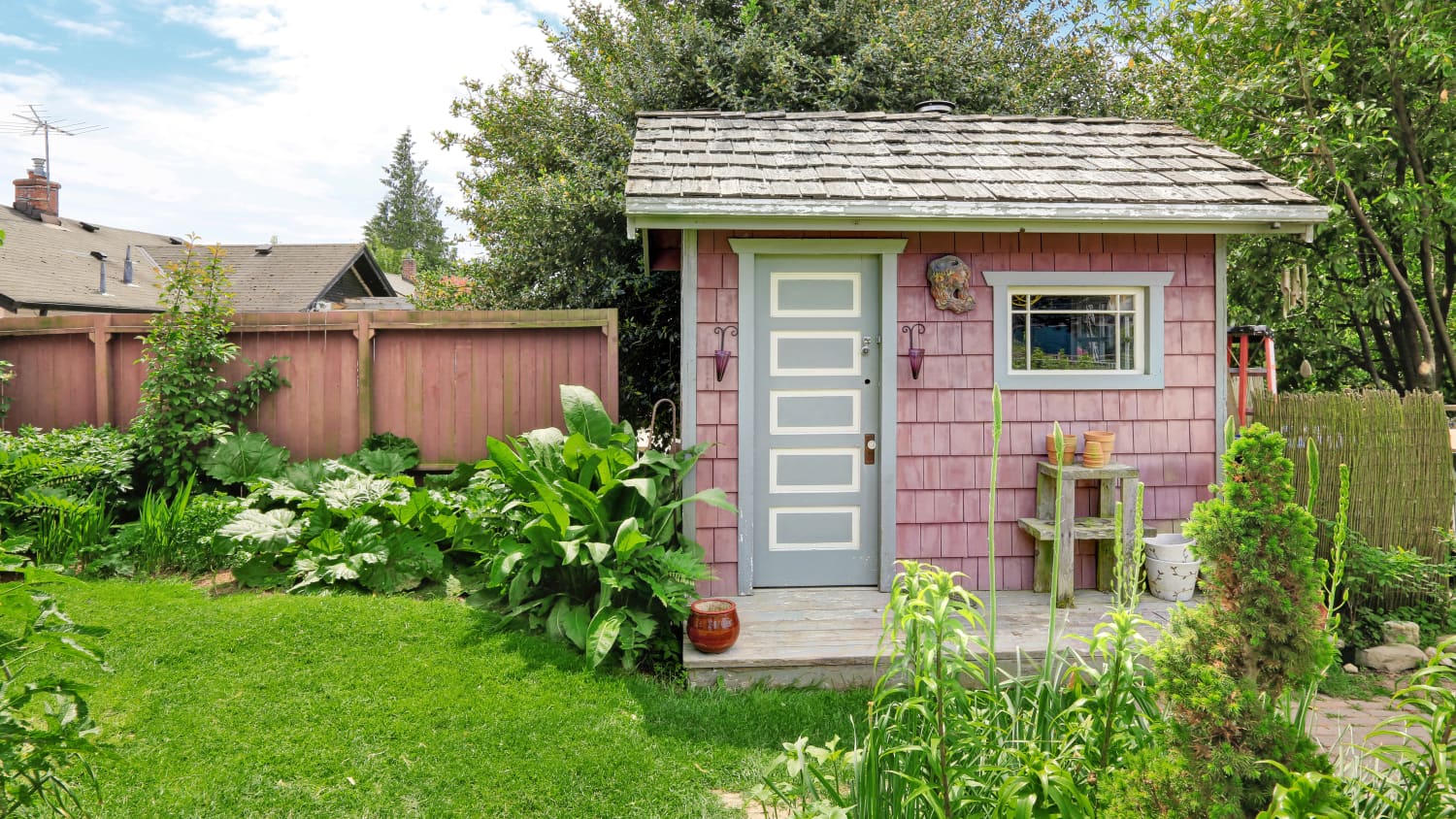

Outdoor Structures
How Close Can I Build A Shed To My House
Published: January 19, 2024
Discover the regulations and guidelines for building outdoor structures near your house. Learn how close you can legally place a shed to your home. Find expert advice on outdoor structure placement.
(Many of the links in this article redirect to a specific reviewed product. Your purchase of these products through affiliate links helps to generate commission for Storables.com, at no extra cost. Learn more)
Introduction
So, you've decided to add a shed to your property. Perhaps you need extra storage space, a workshop, or a cozy retreat nestled in your backyard. Whatever your reasons, it's an exciting project that can enhance both the functionality and aesthetics of your outdoor space. However, before you roll up your sleeves and start building, it's crucial to understand the regulations and best practices surrounding the construction of a shed, particularly in relation to its proximity to your house.
In this comprehensive guide, we'll explore the factors that dictate how close you can build a shed to your house. From local building codes and regulations to property lines and setbacks, foundation and construction considerations, as well as utilities and access, we'll cover everything you need to know to ensure a successful and compliant shed-building endeavor.
So, let's dive in and unravel the intricacies of shed placement in relation to your house, empowering you to make informed decisions and embark on this exciting project with confidence.
Key Takeaways:
- Understanding local building codes and property lines is crucial when building a shed near your house to avoid legal issues and ensure safety and harmony in your neighborhood.
- Prioritizing a strong foundation, considering utilities, and planning for easy access are essential for a successful and practical shed construction project that enhances your outdoor space.
Read more: How Close Can A Shed Be To A House
Local Building Codes and Regulations
Before breaking ground on your new shed, it’s essential to familiarize yourself with the local building codes and regulations that govern construction in your area. These regulations are put in place to ensure the safety, structural integrity, and aesthetic harmony of the neighborhood. Building codes can vary significantly from one location to another, so it’s crucial to consult the relevant authorities or a qualified professional to understand the specific requirements in your jurisdiction.
Local building codes typically dictate the maximum allowable height, size, and location of structures on your property. They may also outline specific setback requirements, which determine how close a shed can be situated to your house, property lines, and other structures. Moreover, some areas have design guidelines to maintain architectural consistency within the community.
When it comes to shed placement in relation to your house, building codes often stipulate minimum distances that must be maintained. These regulations aim to prevent issues such as fire hazards, obstructed access for emergency personnel, and encroachment on neighboring properties. By adhering to these guidelines, you can ensure that your shed is compliant and that you won’t encounter costly legal or structural complications down the road.
Failure to comply with local building codes can result in fines, forced modifications, or even the demolition of the non-compliant structure. Therefore, taking the time to understand and follow these regulations is crucial for a smooth and successful shed construction process.
Next, let’s delve into the importance of property lines and setbacks when determining the ideal location for your new shed.
Property Lines and Setbacks
When considering the placement of your shed in relation to your house, it’s vital to take into account property lines and setbacks. Property lines mark the legal boundaries of your land, and they play a significant role in determining where you can position your shed. Violating these boundaries can lead to disputes with neighbors and legal consequences, so it’s crucial to approach this aspect with care and precision.
Setbacks refer to the minimum distance required between a structure, such as a shed, and the property lines, as well as other buildings on the same property. These setbacks are typically mandated by local zoning ordinances and building codes to ensure adequate space for access, safety, and aesthetics.
Before installing your shed, it’s wise to obtain a survey of your property to clearly demarcate the boundaries and understand any easements or restrictions that may affect the placement of structures. This survey will help you determine the available space for your shed while staying within the legal limits of your property.
When it comes to setbacks from your house, regulations may vary depending on the location and the type of structure you intend to build. Some areas may require a certain distance between the shed and the house to mitigate fire risks and maintain a safe environment. Understanding these requirements will guide you in selecting an appropriate location for your shed that complies with the regulations.
By respecting property lines and setbacks, you can avoid potential conflicts with neighbors, ensure compliance with local regulations, and create a harmonious layout for your outdoor space. With these considerations in mind, let’s move on to exploring the foundation and construction aspects of building a shed in close proximity to your house.
Check your local building codes and regulations to determine the minimum distance required between your house and a shed. This can vary depending on your location and the size of the shed.
Foundation and Construction
When building a shed in close proximity to your house, the foundation and construction methods are critical considerations that directly impact the structural integrity, longevity, and functionality of the new addition to your property. A well-planned foundation and sound construction techniques are essential for ensuring the stability and safety of the shed, especially when it is situated near your house.
The foundation serves as the anchor for the shed, supporting its weight and providing stability against shifting soil and environmental factors. Depending on the size of the shed and local building codes, you may opt for a concrete slab, sonotubes, or a block and gravel foundation. It’s important to consult local building authorities or a qualified professional to determine the most suitable foundation for your specific location and soil conditions.
When constructing the shed, attention to detail and adherence to building codes are paramount. Proper framing, weather-resistant siding, and a durable roof are essential components of a well-constructed shed. Additionally, if the shed is in close proximity to your house, it’s crucial to ensure that the construction methods and materials are in harmony with the existing structure to maintain a cohesive aesthetic appeal.
Furthermore, if the shed will be attached to your house or positioned in a way that it shares a wall, careful planning and construction techniques are necessary to guarantee a seamless and secure connection. This may involve integrating the shed with the house’s foundation or utilizing proper flashing and sealing methods to prevent water infiltration and structural issues.
By prioritizing a robust foundation and employing high-quality construction practices, you can create a durable and visually appealing shed that seamlessly complements your house. Now, let’s explore the significance of utilities and access when situating a shed in close proximity to your house.
Utilities and Access
Considering utilities and access is crucial when determining the placement of a shed in relation to your house. Access to utilities such as electricity, water, and gas, if applicable, should be carefully evaluated to ensure that the shed’s location allows for convenient connections without creating safety hazards or obstructions.
Before finalizing the position of the shed, it’s essential to assess the proximity to existing utility lines and access points. If the shed will require electricity for lighting, tools, or other purposes, you’ll need to plan for the installation of electrical wiring and outlets. This may involve coordinating with a licensed electrician to ensure compliance with building codes and safety standards.
Similarly, if you intend to use the shed for activities that require water or gas, such as a workshop with a sink or a small studio with a heating system, the accessibility of these utilities should be taken into account. Proper planning and coordination with utility providers can help streamline the process of connecting the shed to essential services while adhering to regulatory requirements.
Furthermore, when situating the shed in close proximity to your house, it’s important to consider access pathways and potential impacts on the functionality and aesthetics of your outdoor space. The placement should allow for convenient entry and exit from both the house and the shed, without creating obstructions or compromising the flow of the surrounding area.
Additionally, if the shed is intended for storage or workspace, ensuring easy access for transporting tools, equipment, or other items is essential for practicality and efficiency. This may involve planning for pathways, ramps, or other accessibility features to facilitate the seamless use of the shed.
By carefully evaluating utilities and access considerations, you can position the shed in a way that integrates seamlessly with your house and enhances the functionality of your outdoor space. With these factors in mind, you’ll be well-equipped to make informed decisions and embark on a successful shed construction project.
Conclusion
As you navigate the process of determining how close you can build a shed to your house, it’s evident that a combination of regulatory compliance, thoughtful planning, and meticulous execution is essential for a successful outcome. By understanding and adhering to local building codes and regulations, respecting property lines and setbacks, prioritizing a robust foundation and sound construction, and considering utilities and access, you can confidently embark on the journey of adding a shed to your property.
While the regulations and considerations may seem intricate, they ultimately serve to ensure the safety, functionality, and aesthetic harmony of your outdoor space. By embracing these guidelines, you can create a shed that not only complements your house but also enhances the versatility and appeal of your property.
Moreover, the process of building a shed offers an opportunity for creativity and personalization. Whether you envision a charming garden retreat, a practical storage solution, or a versatile workspace, the careful consideration of shed placement in relation to your house sets the stage for a seamless integration into your outdoor environment.
As you embark on this endeavor, consider consulting with local authorities or professionals to gain insights tailored to your specific location and needs. Their expertise can provide valuable guidance and ensure that your shed construction aligns with the regulatory requirements and best practices relevant to your area.
Ultimately, the addition of a well-placed and well-constructed shed can enrich your lifestyle, expand your living space, and add a touch of personalized functionality to your property. By embracing the regulations and considerations outlined in this guide, you are poised to embark on a rewarding and compliant shed construction journey, enhancing your outdoor living experience for years to come.
Frequently Asked Questions about How Close Can I Build A Shed To My House
Was this page helpful?
At Storables.com, we guarantee accurate and reliable information. Our content, validated by Expert Board Contributors, is crafted following stringent Editorial Policies. We're committed to providing you with well-researched, expert-backed insights for all your informational needs.
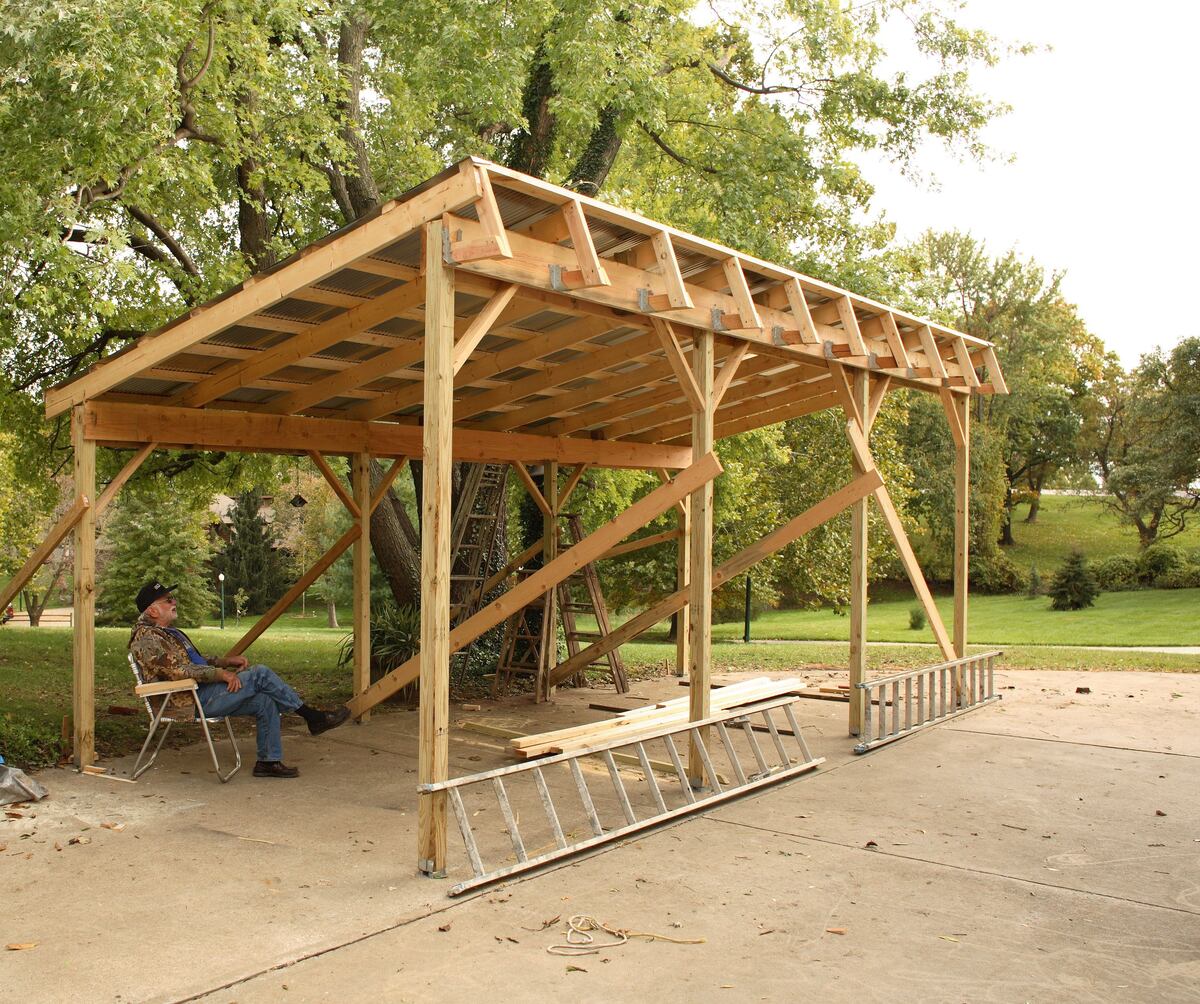
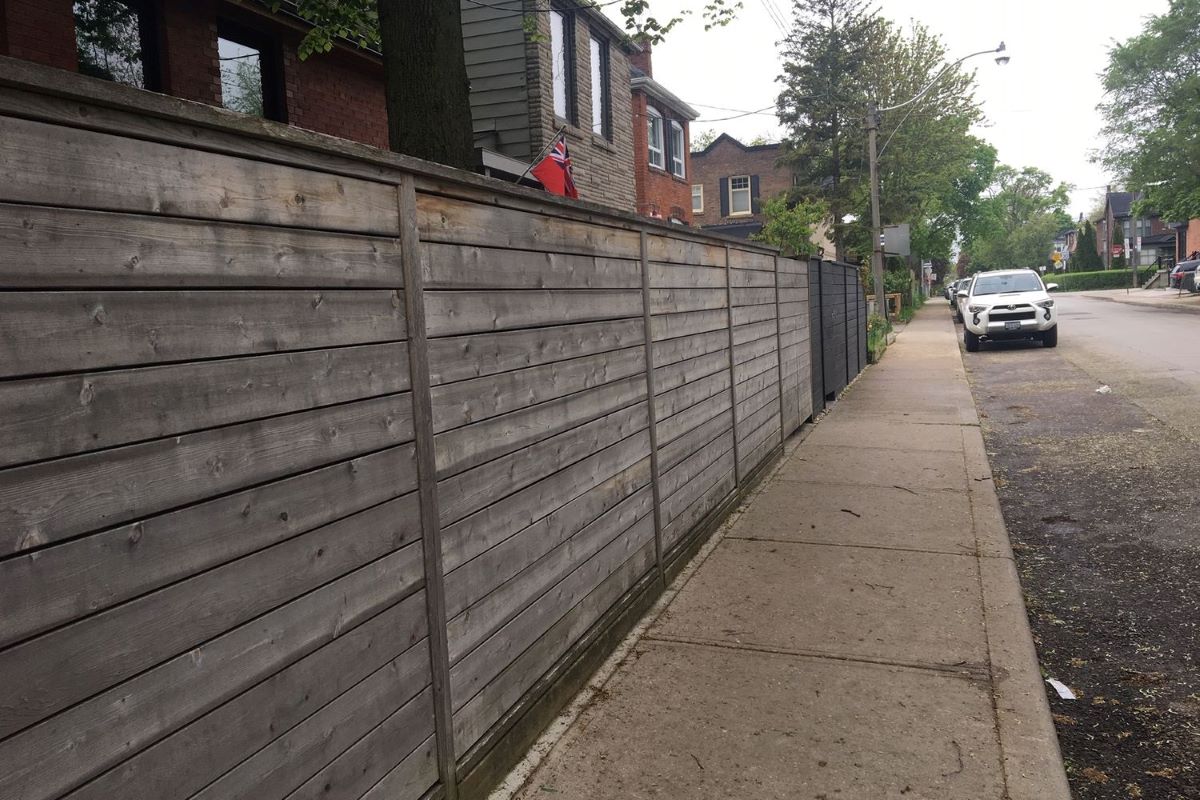

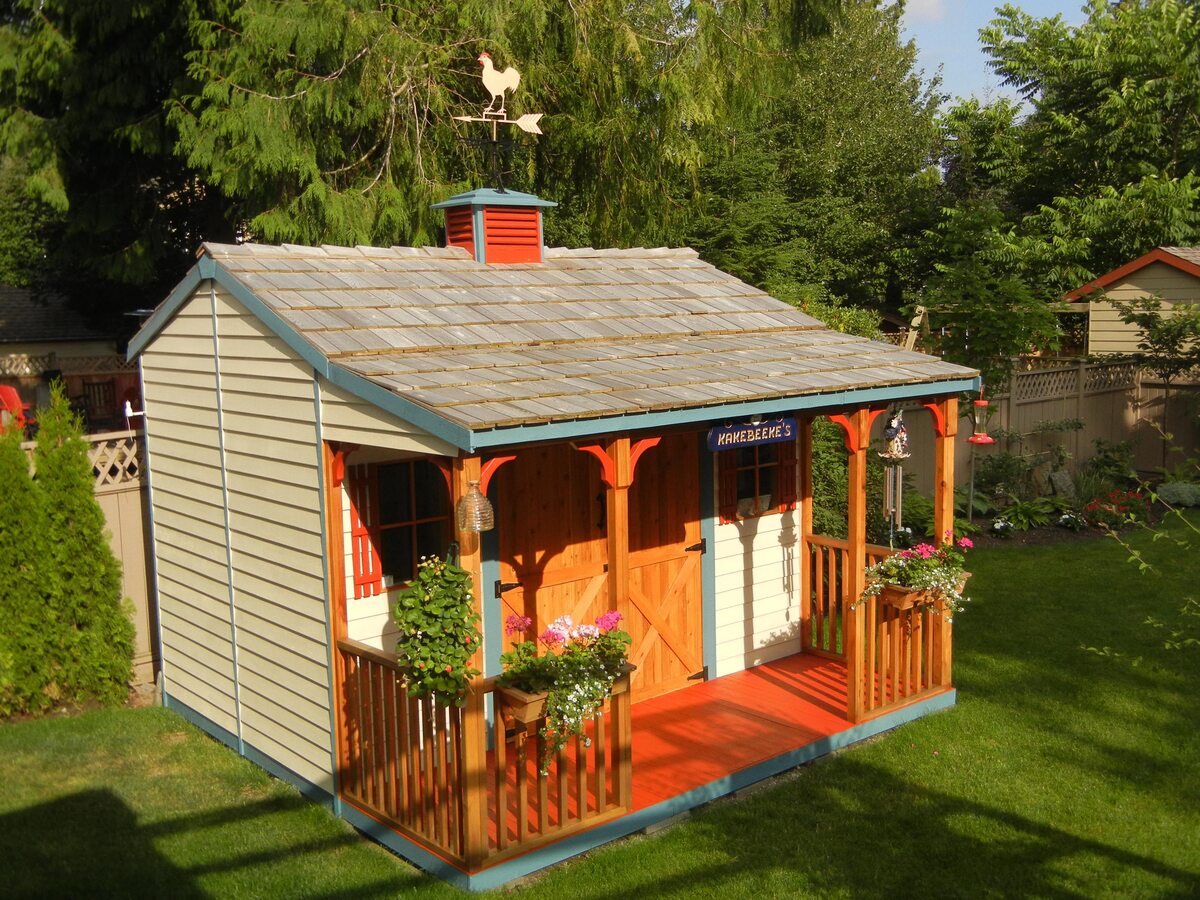

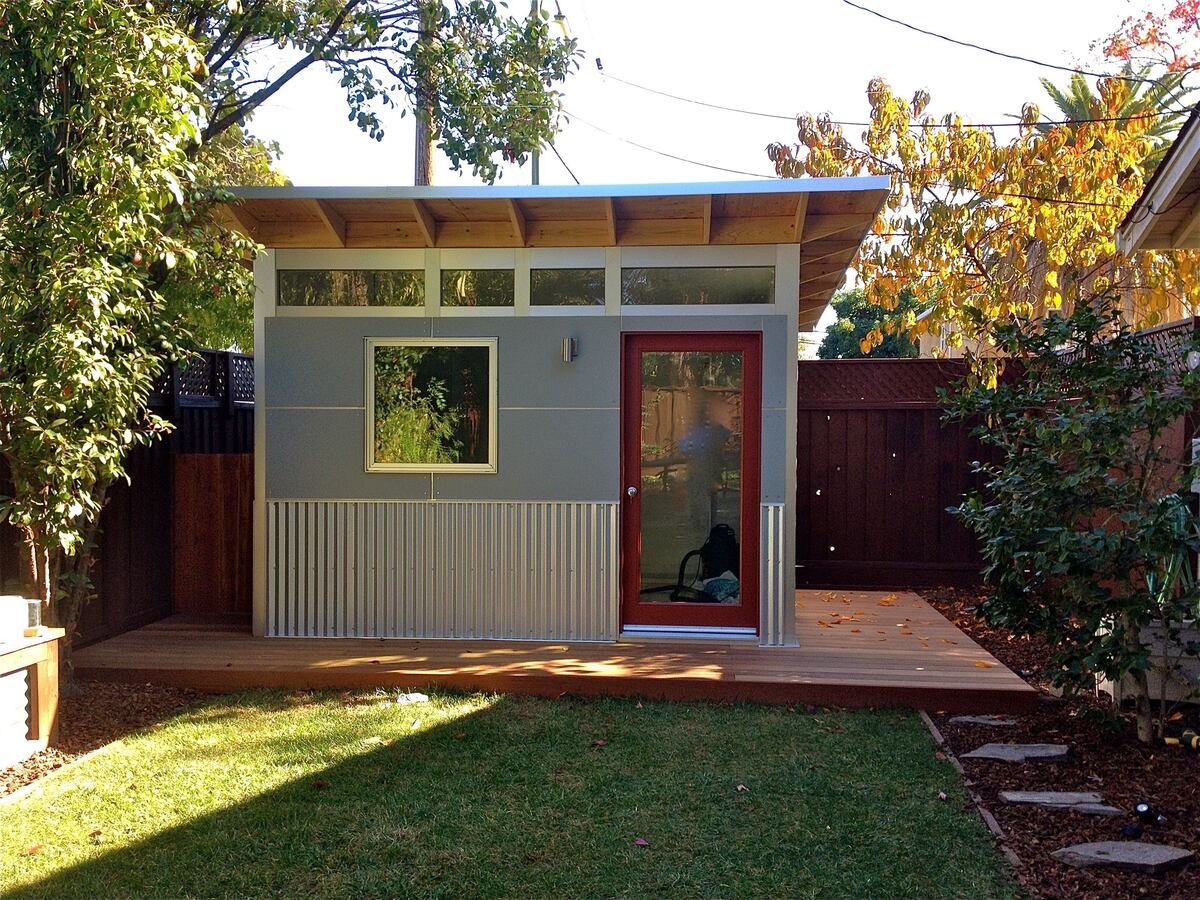
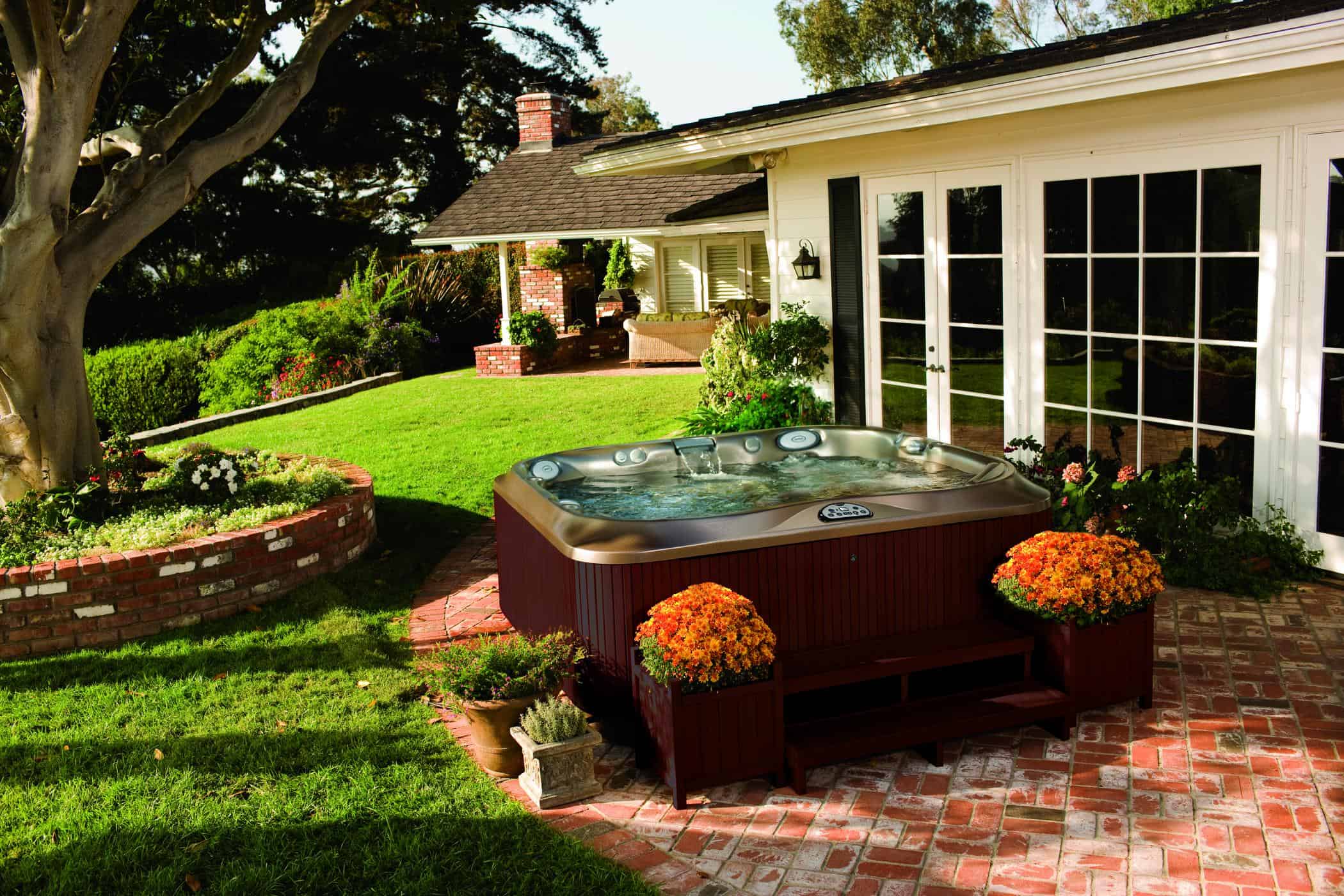
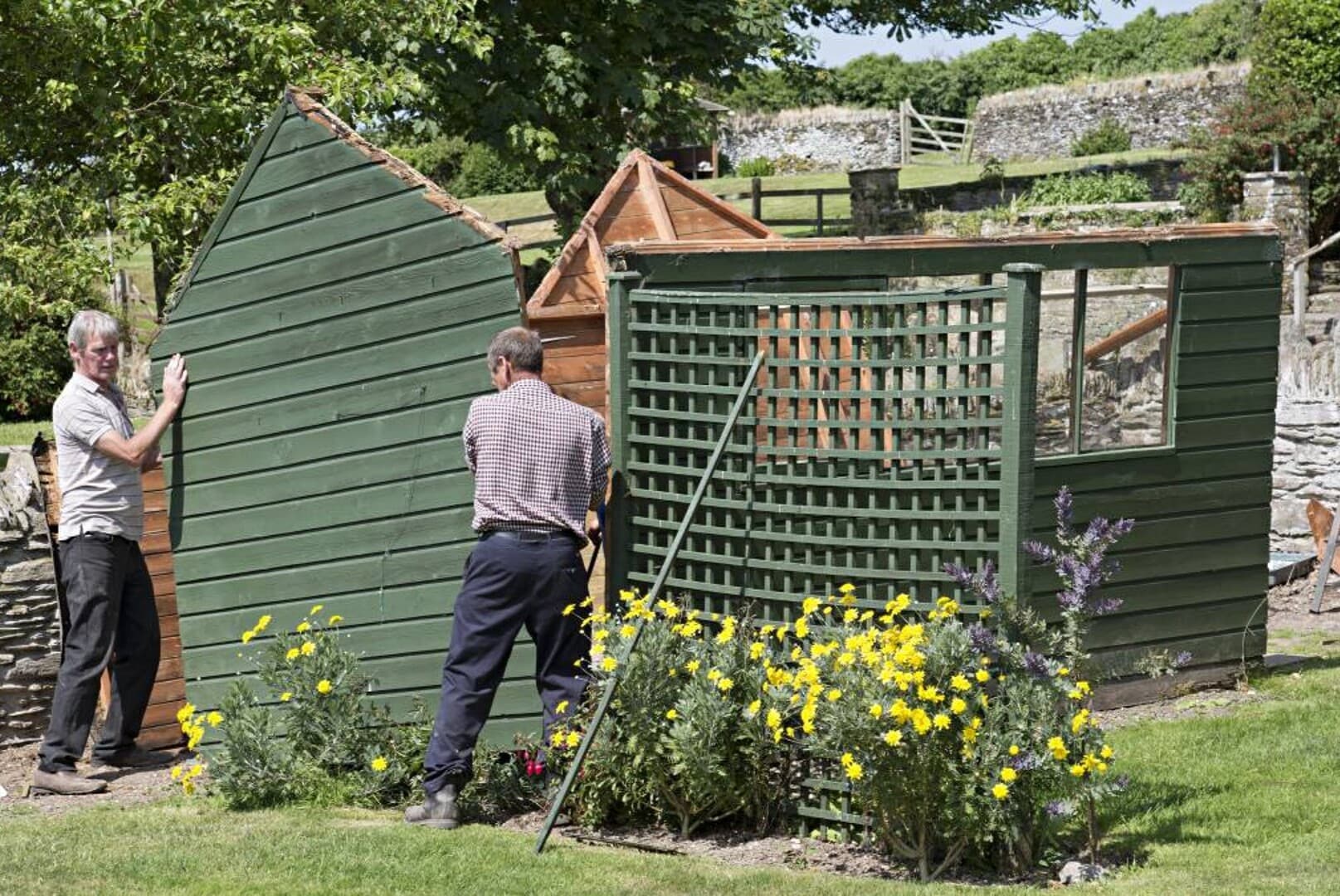
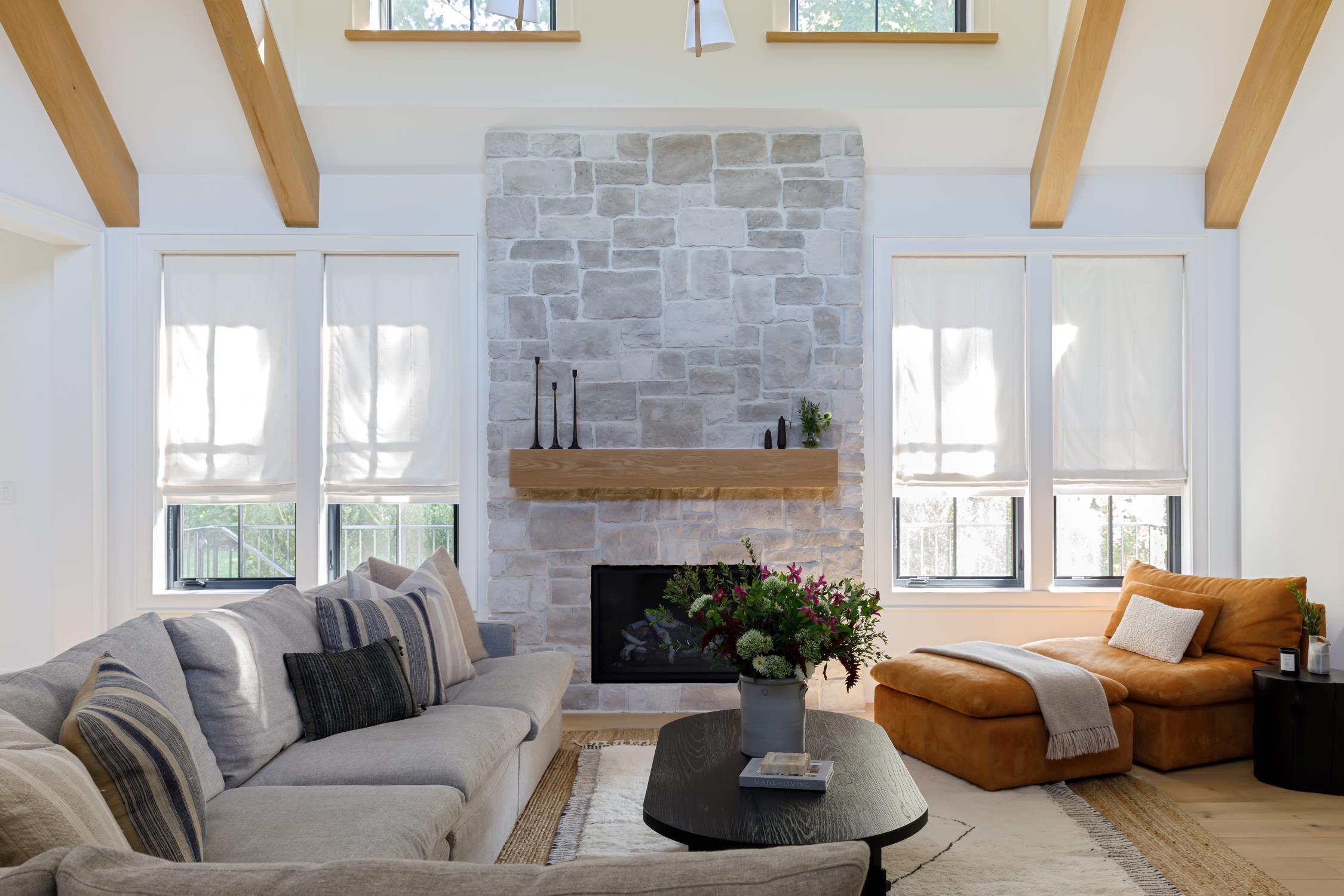
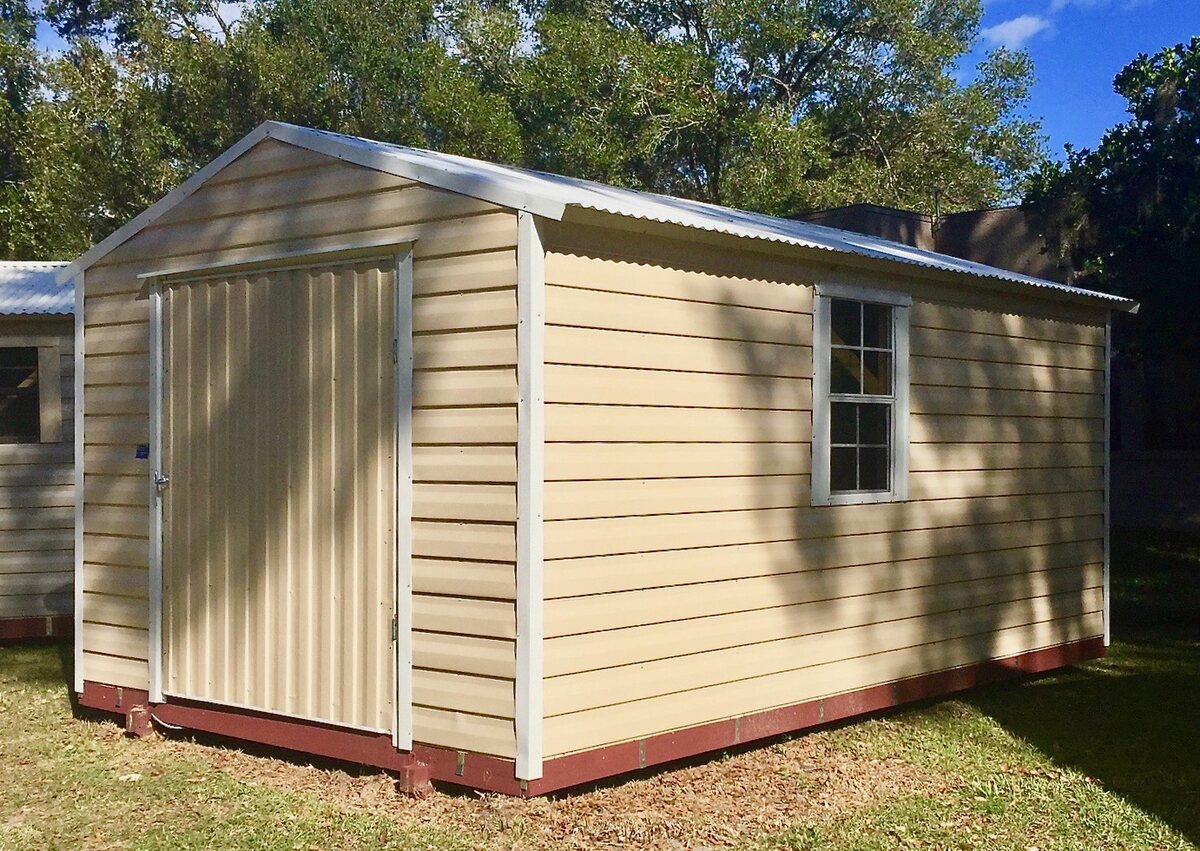
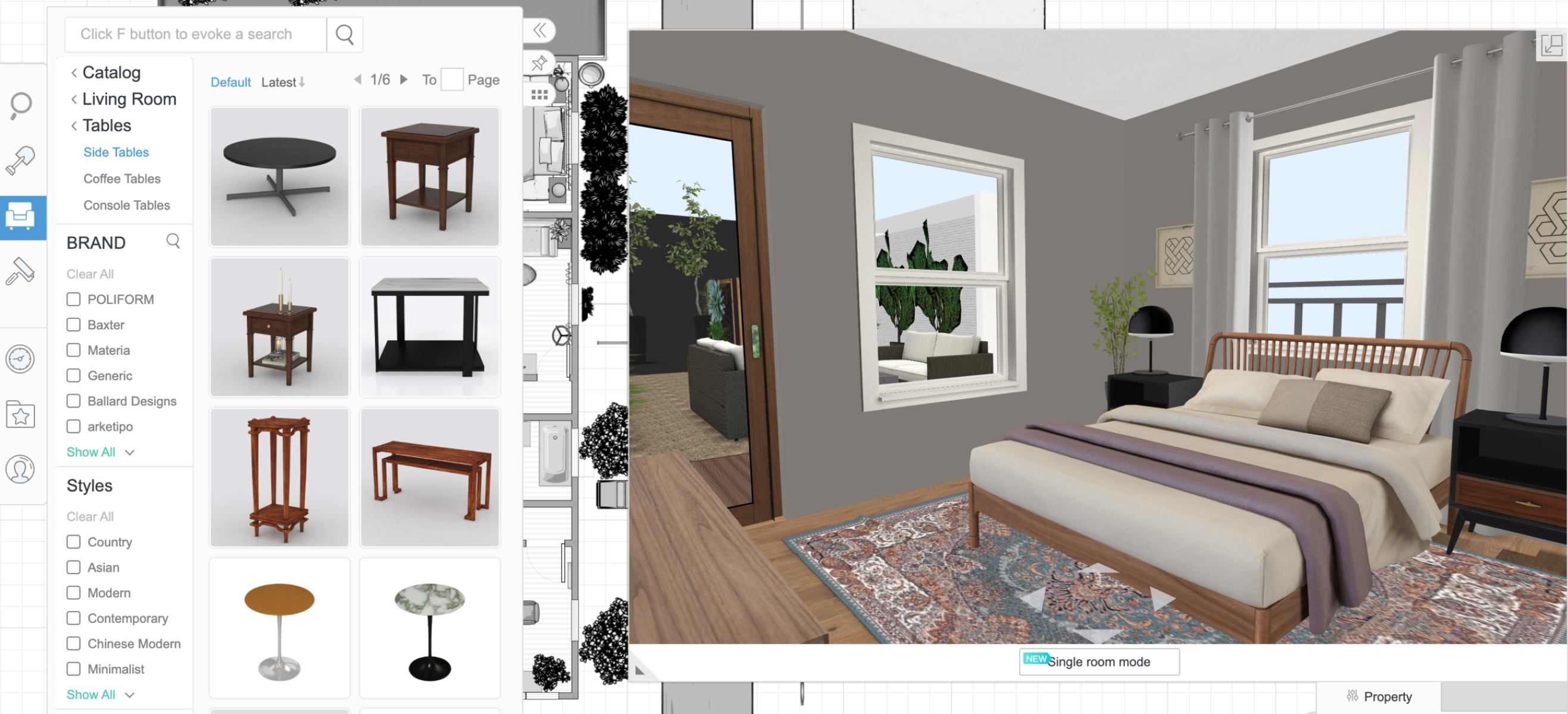
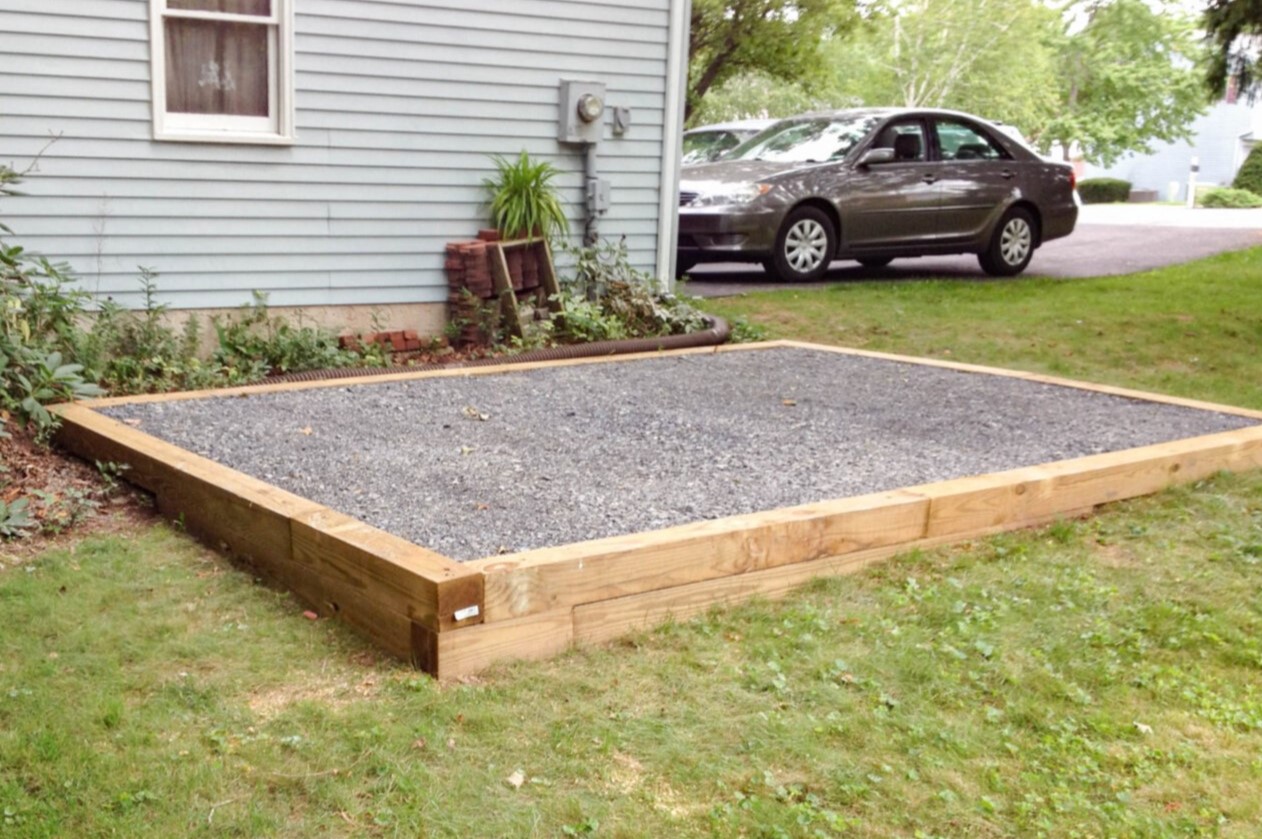
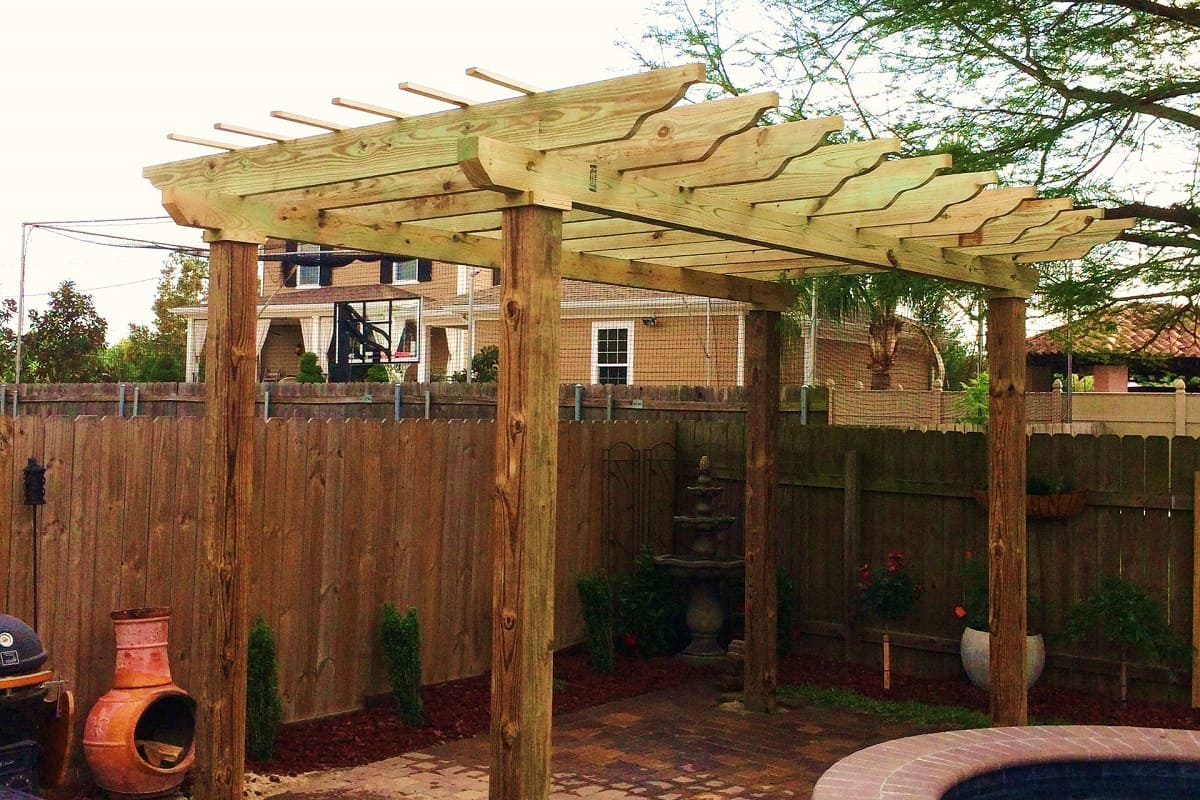
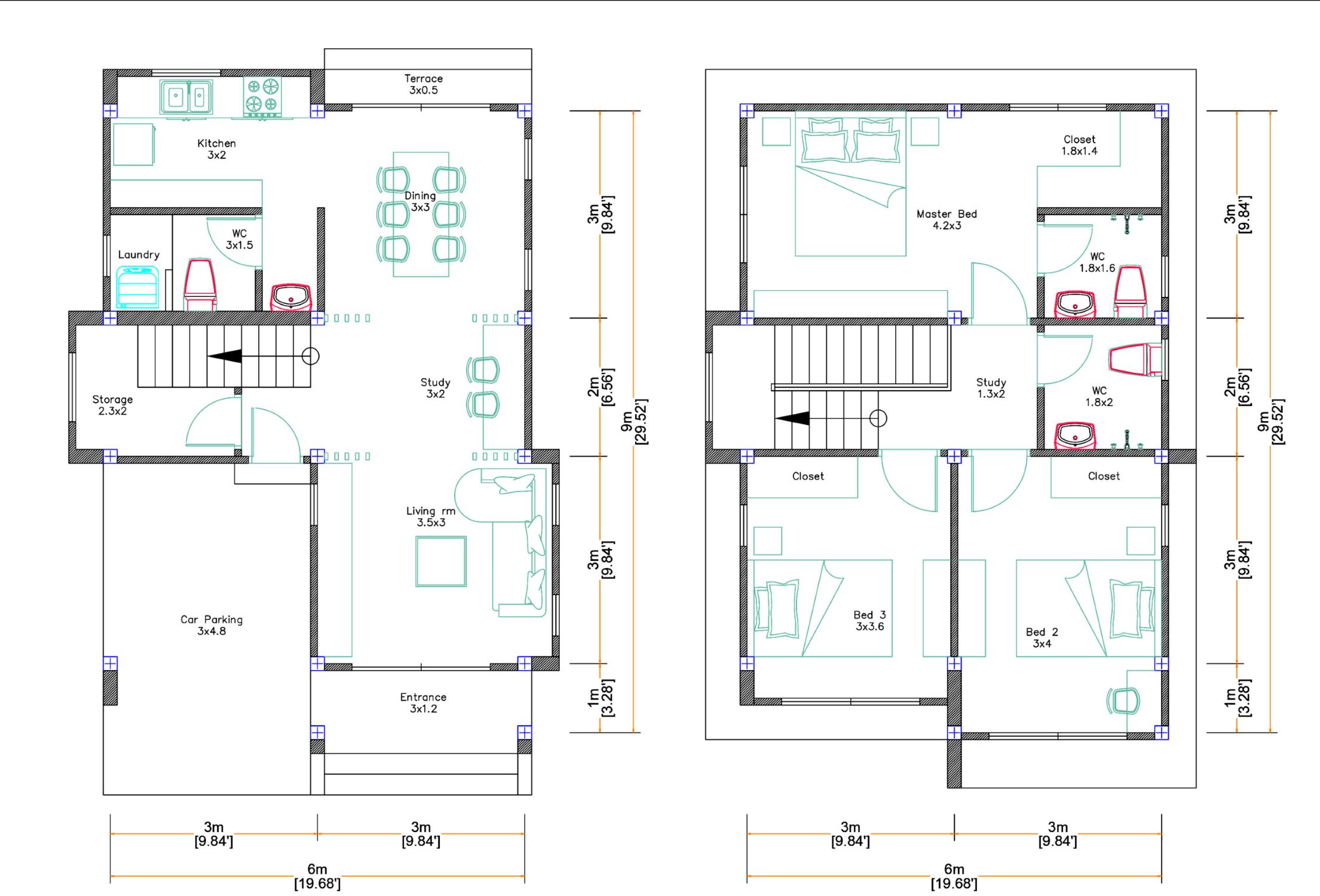

0 thoughts on “How Close Can I Build A Shed To My House”